Circuit Breakers

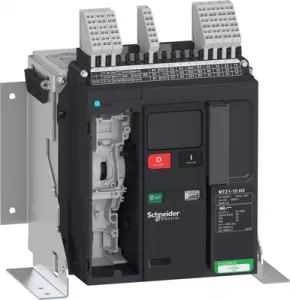
Order No.:
03P6585
Manufacturer SKU:
LV847151

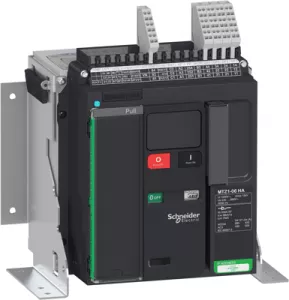
Order No.:
03P6588
Manufacturer SKU:
LV847159

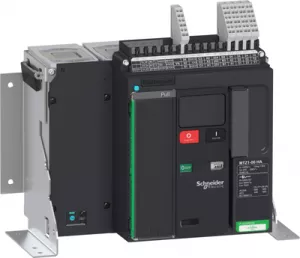
Order No.:
03P6589
Manufacturer SKU:
LV847160

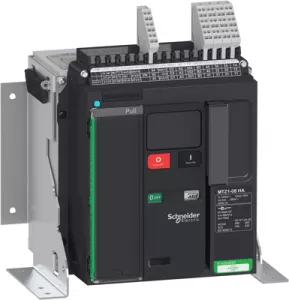
Order No.:
03P6590
Manufacturer SKU:
LV847161

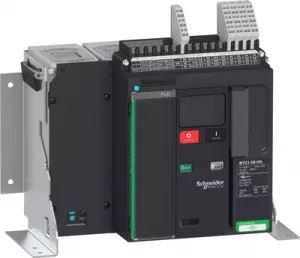
Order No.:
03P6591
Manufacturer SKU:
LV847162

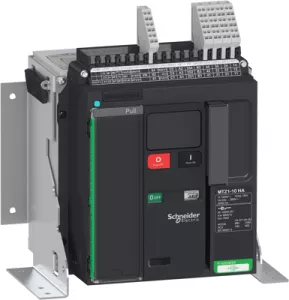
Order No.:
03P6592
Manufacturer SKU:
LV847163

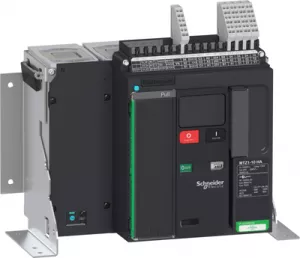
Order No.:
03P6593
Manufacturer SKU:
LV847164

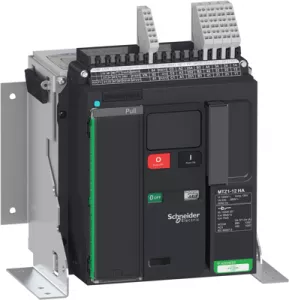
Order No.:
03P6594
Manufacturer SKU:
LV847165

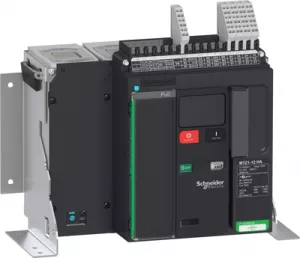
Order No.:
03P6595
Manufacturer SKU:
LV847166

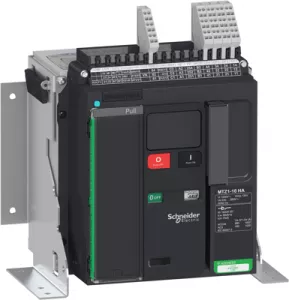
Order No.:
03P6596
Manufacturer SKU:
LV847167

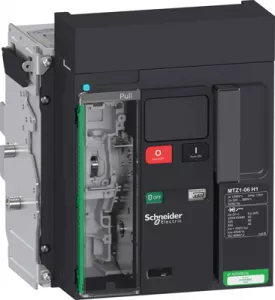
Order No.:
03P6598
Manufacturer SKU:
LV847200

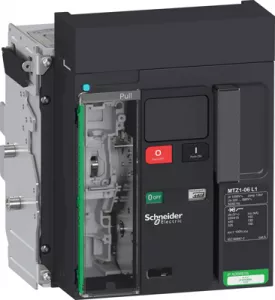
Order No.:
03P6599
Manufacturer SKU:
LV847202

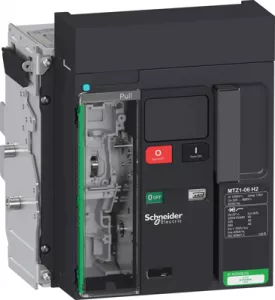
Order No.:
03P6600
Manufacturer SKU:
LV847203

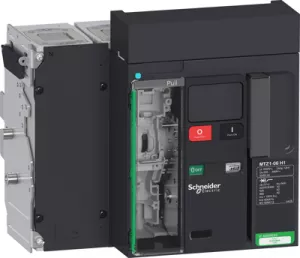
Order No.:
03P6601
Manufacturer SKU:
LV847205

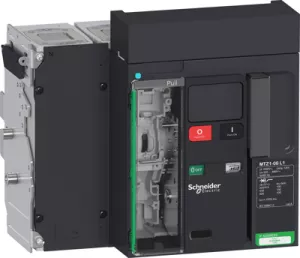
Order No.:
03P6602
Manufacturer SKU:
LV847207

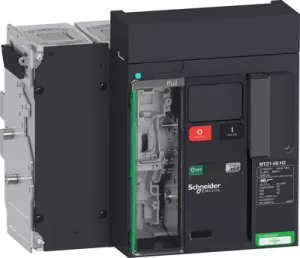
Order No.:
03P6603
Manufacturer SKU:
LV847209

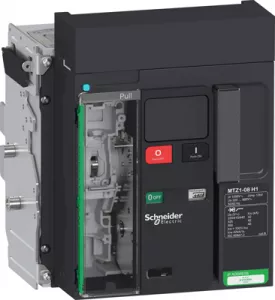
Order No.:
03P6604
Manufacturer SKU:
LV847210

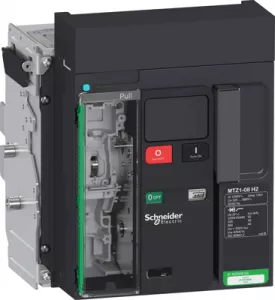
Order No.:
03P6605
Manufacturer SKU:
LV847211

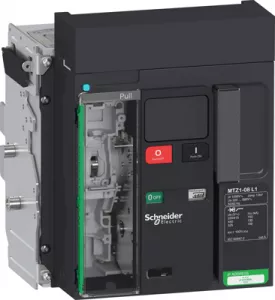
Order No.:
03P6606
Manufacturer SKU:
LV847212

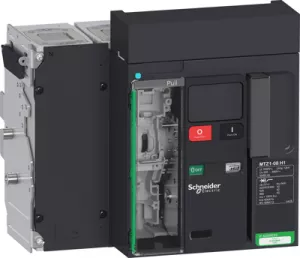
Order No.:
03P6607
Manufacturer SKU:
LV847215
Safety guaranteed: Functions and advantages of switch-disconnectors
Circuit breakers are used to protect electrical circuits by automatically switching off in the event of an overload or short circuit. They can be switched back on, eliminating the need for one-way fuses. Switch-disconnectors, on the other hand, specialize in safely isolating electrical circuits from the power supply.
Unlike circuit breakers, switch-disconnectors do not perform a protective function, but merely ensure safe isolation as well as prevention of accidental switch-on. Both electromechanical components are indispensable in electrical installations and in the energy sector, with circuit-breakers primarily ensuring the protection of installations, while switch-disconnectors are used for maintenance and repairs.